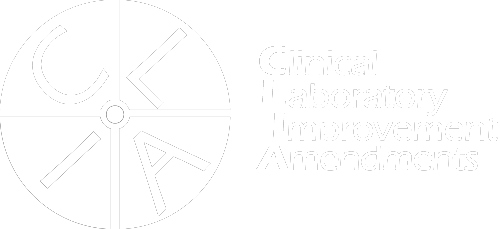 At the center of the crisis is fentanyl, a strong prescription opioid pain reliever that is 50 to 100 times more powerful than morphine. Adding even a tiny amount to heroin makes it far more potent. Because fentanyl is cheaper than heroin, drug traffickers are manufacturing their own in clandestine labs in Mexico and China and selling it mixed with or instead of heroin, often without the user’s knowledge. Driving the dangers of synthetic opioids into the spotlight, fentanyl overdose claimed the lives of two high-profile celebrities: Prince and Tom Petty.
{{cta(‘6ad36c0c-7d65-44b1-b73f-9b40f7bab0b4’)}}
At the center of the crisis is fentanyl, a strong prescription opioid pain reliever that is 50 to 100 times more powerful than morphine. Adding even a tiny amount to heroin makes it far more potent. Because fentanyl is cheaper than heroin, drug traffickers are manufacturing their own in clandestine labs in Mexico and China and selling it mixed with or instead of heroin, often without the user’s knowledge. Driving the dangers of synthetic opioids into the spotlight, fentanyl overdose claimed the lives of two high-profile celebrities: Prince and Tom Petty.
{{cta(‘6ad36c0c-7d65-44b1-b73f-9b40f7bab0b4’)}}
A Closer Look at Opioids and Fentanyl
If you’re not quite sure what opioids are, you’re not alone. The list of opioids is long and includes prescription painkillers like OxyContin and its generic oxycodone, Vicodin and its generic hydrocodone, as well as codeine and morphine. It also includes the illegal drug heroin, and synthetic opiates like fentanyl, “pink,” carfentanil and acetyl-fentanyl. What do opioids do? Opioids boost dopamine levels in the brain, creating euphoria and relaxation. They also cause drowsiness, depression, nausea, confusion, respiratory problems, unconsciousness, coma, and death. Compounding the problem is the fact that opioid use results in tolerance, so over time the user has to use more to achieve the same pain relief or the same high. It also creates physical dependence, so users experience withdrawal when they don’t take the drug. The dangers of synthetic opioids are clear: Consequences can be deadly. High doses can cause someone to stop breathing completely, and many users aren’t even aware of how much they’re getting. Fentanyl’s particularly high potency greatly increases the risk of overdosing, and when it’s mixed with another drug like heroin, those risks are amplified even more.Synthetic Opioids By the Numbers
Each day, it’s estimated 116 Americans die from opioid-related drug overdoses. That’s more than 800 every week, and more than 41,000 every year. Think about it. That’s enough to fill every seat in a Major League Baseball stadium — Chicago’s Wrigley Field, New York’s Citi Field, and Washington D.C.’s Nationals Park each hold about 41,000 fans. With more than 11.5 million Americans currently misusing prescription opioids, the risk of more deaths is extremely high. Overdose deaths from synthetic opioids like fentanyl, jumped a staggering 264% in just 4 years from 2012 to 2015. Areas like the Northeast, Midwest, and some southern states are disproportionately hardest hit. West Virginia ranks highest in total number of deaths from overdose, but New Hampshire ranks higher than any other state for overdose deaths from fentanyl and synthetics. In 2017, more than 350 of the state’s 483 deaths were linked to fentanyl. {{cta(‘6ad36c0c-7d65-44b1-b73f-9b40f7bab0b4’)}}The Rise of Synthetic Opioids Overdose Deaths
How did we get here? Overprescribing is just one part of the opioid crisis. In 2013, healthcare providers wrote nearly a quarter of a billion — that’s billion with a B — opioid prescriptions. That’s enough for every American adult to have their own bottle of pills. The dangers of synthetic opioids like fentanyl and illegal opioids like heroin, are the other part of the crisis. Experts identify three waves in the rise of opioid overdose deaths:- Wave 1: Increased prescribing of opioids began in the 1990s, leading to a rise in overdose deaths from these prescriptions starting in 1999.
- Wave 2: Heroin overdose deaths spiked starting in 2010.
- Wave 3: Significant increases in overdose deaths from synthetic opioids began in 2013 — particularly due to illegally manufactured fentanyl.


